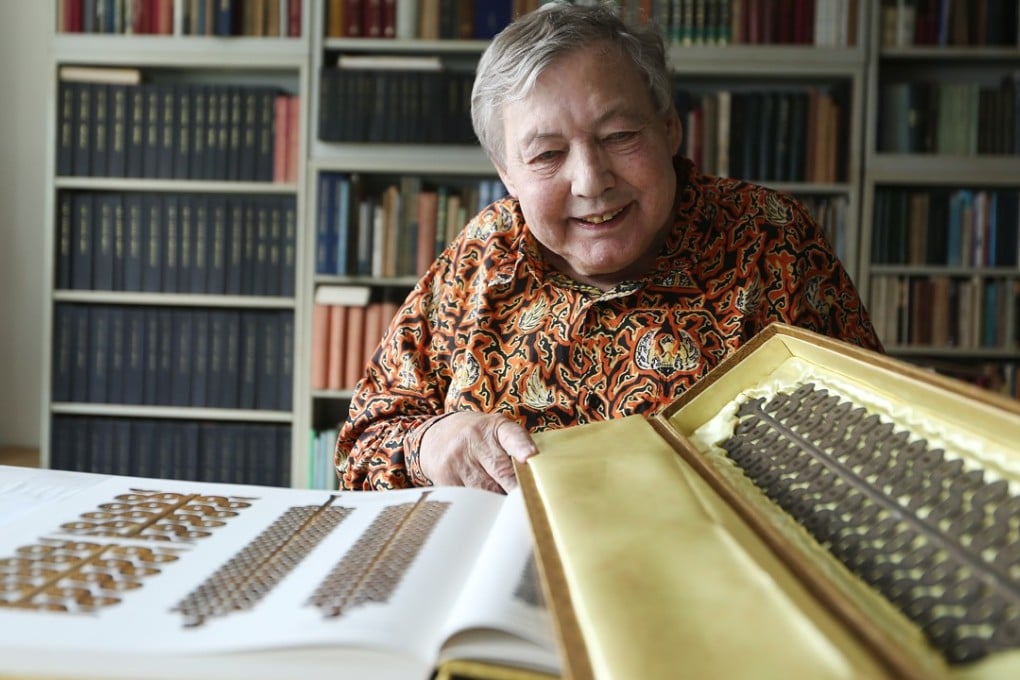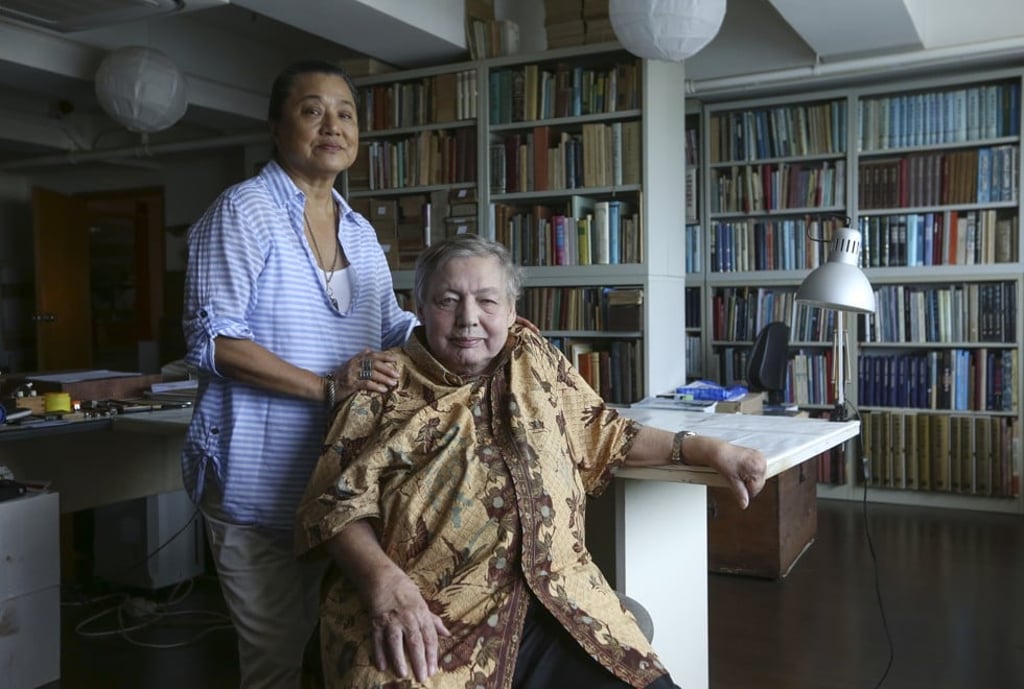Coin stash that puts new spin on China’s 100 years of humiliation
Inside a nondescript Hong Kong warehouse sit seven tons of Qing dynasty coins – proof, their owner says, that it was the imperial monetary system, not the opium trade, that brought China low in the 19th century

Numismatics /ˌnjuːmɪzˈmatɪks/: The study or collection of coins, banknotes, and medals – Oxford English Dictionary
Sunlight barely reaches the depths of the cavernous, 5,000 sq ft warehouse space in Chai Wan where Dr Werner Burger and his Taiwanese-born wife, Tsai Yui-mei, who goes by the name Lucy, house seven tons of coins.
Dating from between 1636 and 1911, the span of China’s last imperial dynasty, the coins represent not only an extraordinary trove of rare and unique items coveted by collectors, but also a key to Hong Kong’s history.
Sitting in the midst of his treasure like a happy Bavarian elf is Burger, crippled by arthritis but enlivened by his passion, Qing dynasty coins, known as “cash”. At 81, the world’s pre-eminent collector of Qing cash can no longer walk, due to Charcot foot, a degenerative condition of the bones in his feet, but his mind is agile. Lucy, 10 years younger, hovers nearby, elegant, protective and observant as her husband spins a story she has doubtless heard many times.
The tale begins with a little boy in Bavaria stunned by his first encounter with Chinese culture through the beauty of classic Chinese painting. It drops by Shanghai under the Cultural Revolution, visits with a Hong Kong scrap dealer and his generous gift to a decidedly eccentric German friend, beats on the doors of China’s First Historical Archives, in Beijing, until they give way, and finally lingers many years in seclusion while Burger conducts research that a fellow academic, Fresco Sam-Sin, compares to “moving mountains”.
